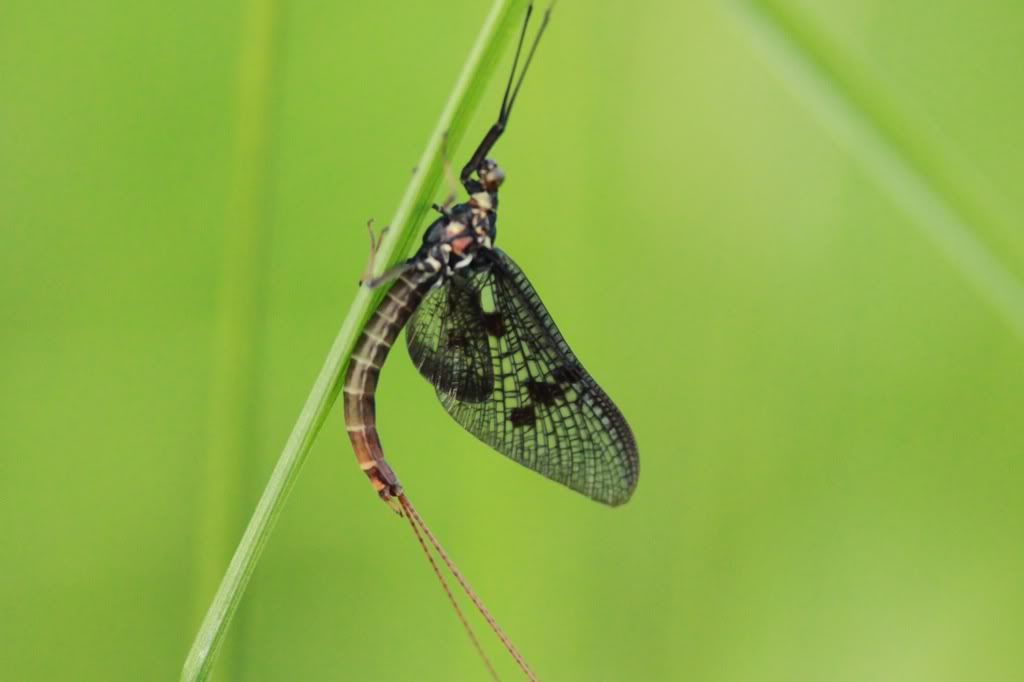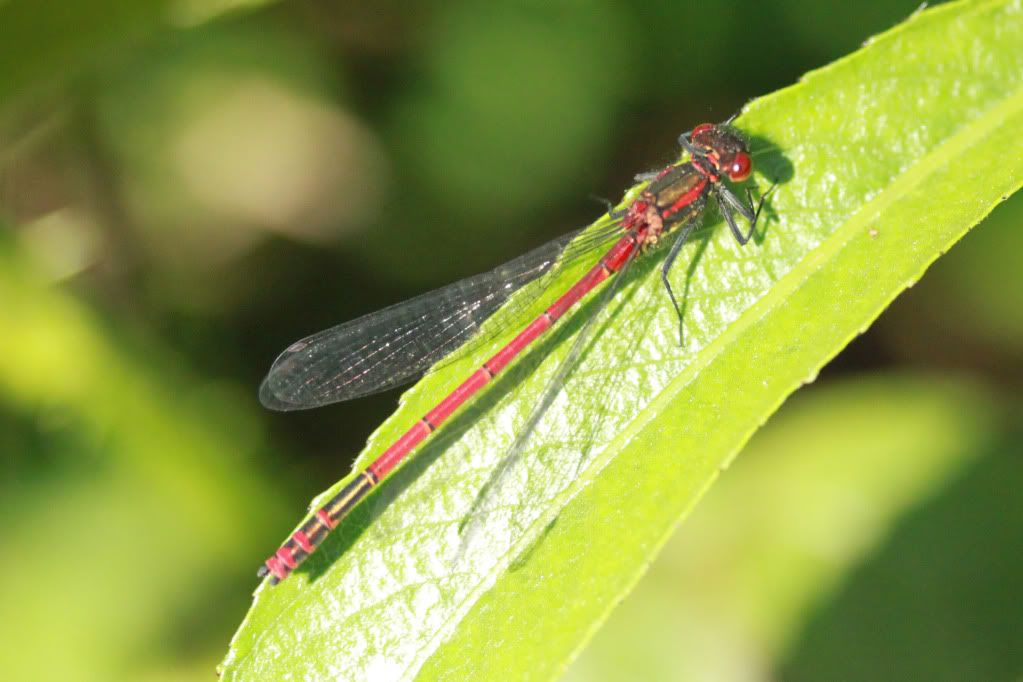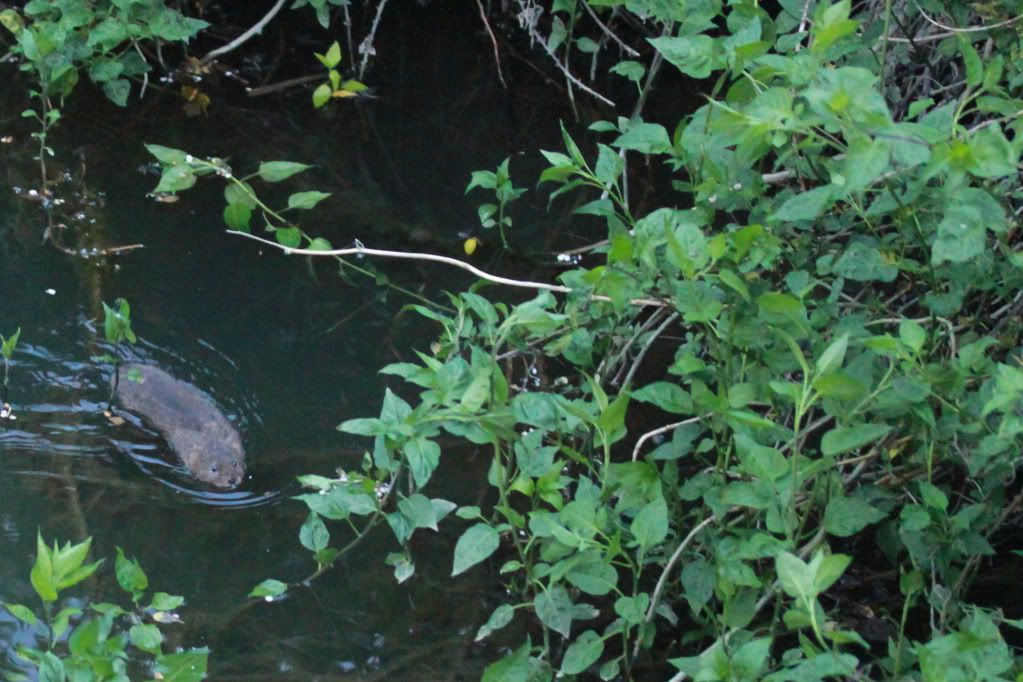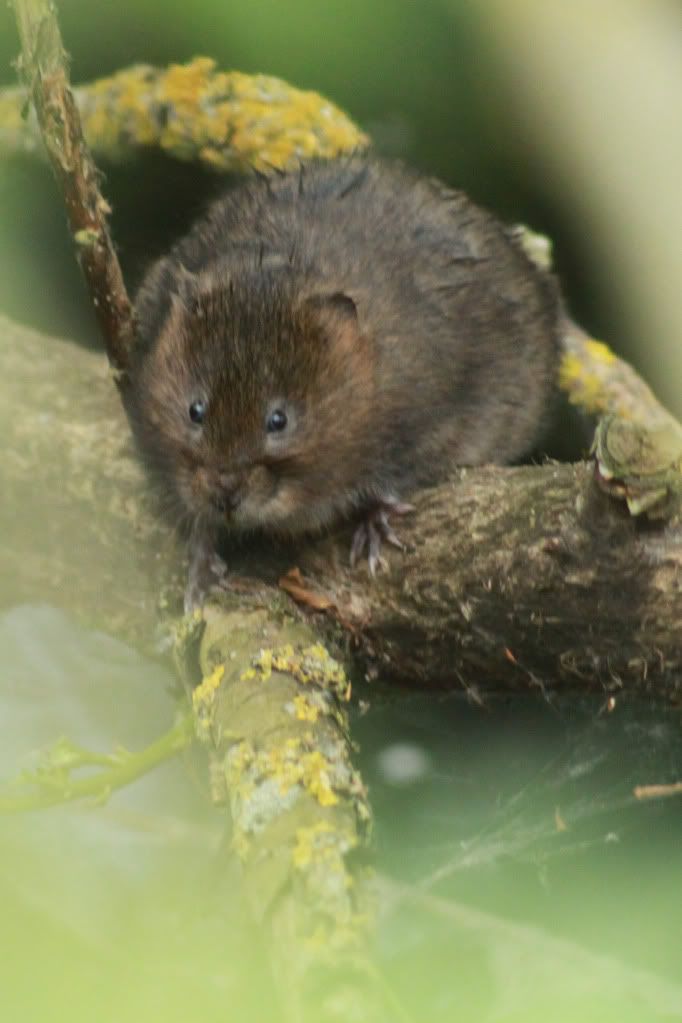Last year, a newly emerged queen tree bumblebee visited our garden (http://viewsoftheock.blogspot.com/2011/07/tree-bumblebees.html).
Either she, or maybe one of sisters, has successfully established a nest and this year, worker tree bumblebees are visiting.
One of their favourite plants is Purple Toadflax, often considered a weed, it is very popular with all types of bees:
.
.
Tree bumblebees are one of the easier species to identify, with a brown thorax, black abdomen which has a white tip, as seen on the scabious, a new addition to the garden:
.
.
Slightly similar are carder bumblebees, which also have a brown thorax, but not the distinct white tip:
.
.
With the tree bumblebee being a new arrival in the country (first recorded in the new forest 10 years ago), a survey has been launched by the Natural History Museum to track their progress across the country:
http://www.opalexplorenature.org/TreeBumblebee
TreeBumblebee
Wildlife and other things of interest on and around the river Ock in south Oxfordshire
Thursday 7 June 2012
Tuesday 5 June 2012
Jubile Weekend Wildlife
In between the typical holiday chores, visiting family and attending a very wet bun throwing, the long weekend provided a few opportunities (in between the rain) to get down to the river and enjoy the calm and see what was about:
Three weeks later than last year, the mayfly have finally emerged.
.
.
As the mayfly emerge, so do their predators, including this small red damselfly
Update (29/8/2012): This is not, as described above, a small red damselfly (Ceriagrion tenellum), it is a more common large red damselfly (Pyrrhosoma nymphal).
Thanks to Ian for the correction.
.
.
Also on this part of the river are the first ducklings of the year. As there are so many of them it could mean there are no mink or otters about, as both have a predilection for small water fowl.
.
.
Another new arrival is a pair of lapwings, like most ground nesting birds these have been hit hard to by changes in the use of agricultural land, so it is great to have them nesting in the nearby fields:
.
.
The recent warmer weather allowed the river flora to start growing, making it increasingly hard to spot water voles
.
.
Although some are more obliging, by climbing up the willow trees to head height:
.
Three weeks later than last year, the mayfly have finally emerged.
.
.
As the mayfly emerge, so do their predators, including this small red damselfly
Update (29/8/2012): This is not, as described above, a small red damselfly (Ceriagrion tenellum), it is a more common large red damselfly (Pyrrhosoma nymphal).
Thanks to Ian for the correction.
.
.
Also on this part of the river are the first ducklings of the year. As there are so many of them it could mean there are no mink or otters about, as both have a predilection for small water fowl.
.
.
Another new arrival is a pair of lapwings, like most ground nesting birds these have been hit hard to by changes in the use of agricultural land, so it is great to have them nesting in the nearby fields:
.
.
The recent warmer weather allowed the river flora to start growing, making it increasingly hard to spot water voles
.
.
Although some are more obliging, by climbing up the willow trees to head height:
.
Subscribe to:
Posts (Atom)








